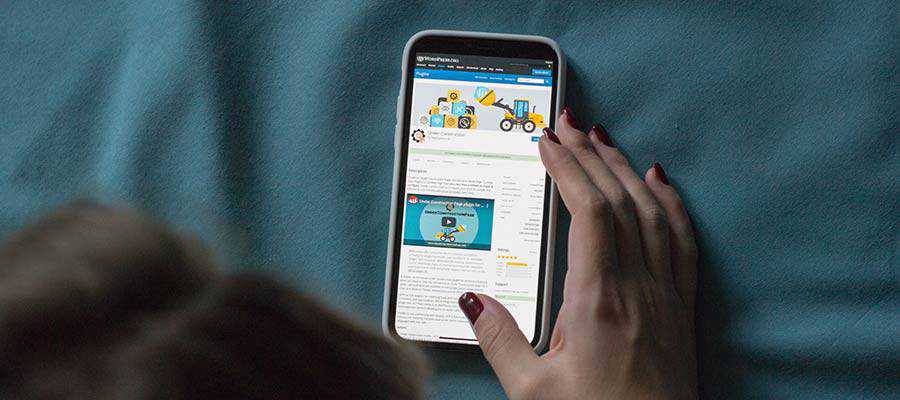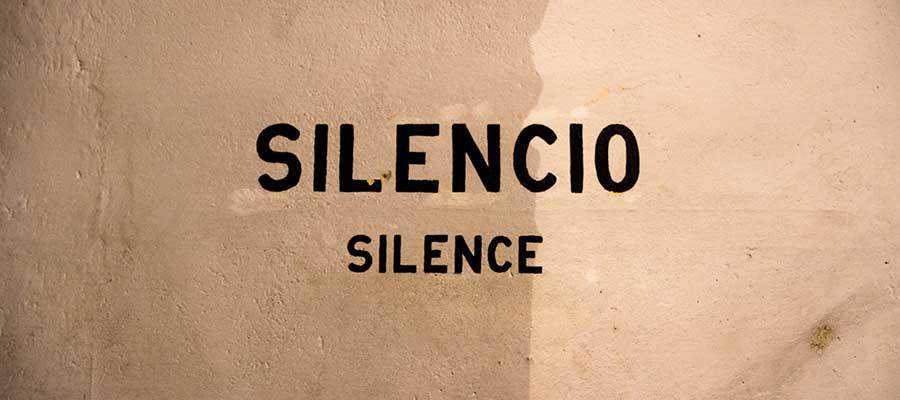5 Things a Modern CMS Shouldn’t Do
All content management systems (CMS) have their own strengths and weaknesses. Some are meant for very niche offerings such as eCommerce or membership sites, while others are a jack-of-all-trades. In addition, these systems range from open source to proprietary.
Beyond the market-leading WordPress, I have had the opportunity to dabble in a few other systems. The experiences have been uneven.
I won’t pretend to have in-depth knowledge of every software package out there. But I have enough experience to understand what makes for a good system. It’s about ease of use and putting users in the best position to do things the right way.
For the most part, there’s been a ton of improvement over the past decade. Still, not everything is where it should be. With that in mind, here are five things that no CMS should be doing in modern times.
Generate Non-Standardized and Inaccessible Code
It’s hard not to notice that the web has a lot of standards and best practices these days. Markup has to be structured semantically and content needs to be accessible. In addition, CSS should be used for styling elements such as containers and typography.
Yet, I still see content editing UIs that facilitate, and thus promote, doing things the wrong way. For example, take a proprietary, membership-based CMS I’ve worked with. Its content editor still utilizes tables for multi-column layouts as well as old school HTML font tags. Um, 1999 called, they want their markup back!
Now, there’s a difference between slight deviations from standards and an outright disregard for them. The fact that any software would still use such outdated techniques (by nearly two decades) is kind of bewildering – not to mention irresponsible.
The average person who creates content places a great amount of trust in an editor UI. We need the software to turn our text and images into clean, accessible code. It doesn’t have to be perfect, but it should never hinder anyone’s ability to consume it.

Allow for Unregulated Clutter in the Dashboard
For some of us, working at a cluttered desk is frustrating. It’s hard to be creative – or even concentrate – with various junk lying around. A CMS dashboard is much the same.
Dashboards should be both minimal and easily customized. The WordPress Dashboard starts off this way, but quickly becomes a heaping mess as you install more themes and plugins. Dashboard widgets can be turned off easily enough. But the many nagging notification messages shown throughout the back end aren’t so easy to jettison.
Part of the issue is that, as an open source system, WordPress doesn’t have much control over how these notifications are deployed. There have, however, been some efforts to wrangle notices in a more user-friendly way.
This is one area where some proprietary systems, especially those that don’t allow for third-party plugins, have an advantage. They can take complete control over the UI and decide what notifications are needed and how they will be displayed.
Then too is the need for distinguishing between legitimate system-related notices and cheesy upsells. It’s understandable that software developers need to make money. However, being bombarded with ads and forced to dismiss the same notification a hundred times crosses a line. There need to be strict guidelines regarding this type of behavior.

Restrict Content Portability
Just because your website was built using a particular CMS doesn’t mean it will forever stay in that system. You might eventually outgrow the platform you started out with or simply want to try something new. This is not always easy.
With some proprietary systems, the site you build either stays with the provider or it goes away altogether. Content and design can’t be natively exported for use elsewhere. In some instances, you can’t even export a copy of your site for internal staging purposes.
In that case, you’re left searching for a third-party tool to extract what you need. Fail that, you might be copying and pasting source code out of your web browser.
It’s reasonable that some functionality may not be exported – like, say, a shopping cart. But in this day and age, the content itself should at least be available to export as a CSV, JSON or XML file. Is that too much to ask?

Trade Stability for Features
All software evolves over time – that’s a given. Bugs are squashed, security holes are filled and new features are unveiled. And they are all rightly expected of a CMS.
However, there is also a great need for stability. When you deploy a website on your CMS of choice, you want to know that it will continue to work, version after version.
Big, sweeping changes can throw a monkey-wrench into the works. If all the “what-ifs” are not accounted for, any fundamental change to how a system works can have dire consequences. Specific features, or even an entire website, could break after the change is implemented.
New features are still important. They help to attract new users and ideally make life easier for existing ones. But they need to be carefully thought-out in order to minimize any negative impacts.
If an app gains a reputation for breaking websites, it’s not going to be around very long.

Fail to Communicate with Users
It seems like communication might be just as important as code. Because, while a system may have compelling features, users will need to know about them in order to take advantage.
Likewise, those behind the scenes at a CMS need to know what their users want and need. That information is key in deciding which features to implement and which bugs need fixed.
But communication is a big job. It encompasses areas like documentation, user support and building community. A lot of effort needs to be spent here, which is difficult even for industry giants. For smaller systems, it may stretch finite human resources to the max.
Still, it’s worth the effort. A failure to keep an open dialogue with users will erode relationships and may cause a mass exodus from the platform.

A CMS Must Keep the Focus on Users
Ultimately, a CMS will be judged on whether it fulfills the needs of its users. None are perfect in this area, but some are far ahead of others.
The best systems allow us to create content in an accessible manner. They’ll develop features that maintain stability and will provide at least some backward compatibility. In addition, these systems will respect a user’s right to their own content and facilitate portability.
Above all, a good CMS will keep an open line of communication with users. The open dialogue will benefit everyone and help to ensure a bright and productive future.
On the other hand, systems that fail in these areas will most likely cease to exist over the long term.
The post 5 Things a Modern CMS Shouldn’t Do appeared first on Speckyboy Design Magazine.